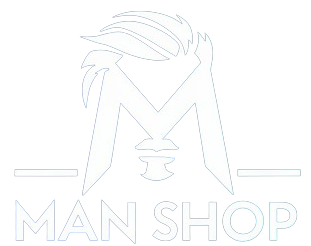Introduction
The history of razors dates back to the time when humans first began manipulating tools for their survival. The earliest form of razors that were used for grooming and personal hygiene dates back nearly 30,000 years to the bronze age. These early razors were simply abrasive rocks and seashells used to scrape hair off the skin. History reveals an intriguing journey that showcases changes over time, from crude sharpened stones to technologically-advanced shaving machines. This article will trace the journey of the razor through the lens of hygiene and aesthetics.
Phase 1: Stone Age Razors
It’s believed that early man started shaving with razors made from flint stone. Flint was chosen because of its sharpness, which could literally shave hair off the skin. However, shaving in these times was not as much about hygiene or aesthetics as it was about survival, as excessive hair could prove deadly during battles.
Phase 2: Bronze Age Evolution
By the Bronze Age, metalworking skills had improved significantly. Advanced metal razors that were more comfortable and more efficient were produced. Many historical razors from this era that have been discovered were intricately decorated, suggesting that they were considered valuable personal items.
Phase 3: The Straight Edge Razor
The straight-edge razor, also known as the cut-throat razor, was prevalent in the 18th century. Made possible by improved steel production methods, these razors featured a sharp blade that could be folded into its handle. Straight-edge razors required regular maintenance and careful handling to prevent serious injury.
Phase 4: The Safety Razor
In the late 19th-century, the safety razor was introduced by the Kampfe brothers. Unlike the straight-edge razor, the safety razor had a protective guard that prevented any deep cuts. The safety razor’s blade was also double-edged, allowing two shaves from one blade.
Phase 5: The Disposable Razor
Jumping forward to the 20th century, King Gillette refined and popularized the disposable safety razor, which used disposable blades. The idea of regularly replacing blades became commonplace and resulted in a booming razor industry. Gillette’s innovation revolutionized male grooming and put hygiene at the forefront of shaving.
Phase 6: Electric Razors
An application of modern technology to personal grooming, the electric razor was invented by Jacob Schick in the 1930s. Electric razors are powered by a small DC motor and oscillate or rotate with a number of small blades. They offered a dry shave, required less skill, and came with significantly less injury risk.
Conclusion
The evolution of razors tells a history about human innovation and the ongoing quest for better hygiene and aesthetics. From sharp stones to precise electric blades, the journey of shaving technology reflects how minute aspects of life evolve over centuries. As we advanced, we discovered new ways not only to survive but also to live with style and elegance. Today, we stand at interesting crossroads with laser hair removal, showing that the journey of shaving evolution is far from over.
Frequently Asked Questions
1. What was the first razor ?
The first razor-like tools were sharp rocks used by primitive man. These tools were not designed for hygiene or aesthetics, but more for survival needs.
2. When was the first safety razor invented?
The first safety razor was invented by the Kampfe brothers in the late 19th century.
3. Who invented the electric razor?
The electric razor was invented by Jacob Schick in the 1930s.
4. How has the evolution of razors impacted personal hygiene?
The evolution of razors has had a significant impact on personal hygiene. With the introduction and advancement of shaving tools, people have been able to maintain cleaner and neater appearances.
5. What may be the future of shaving tools?
The future of shaving tools is looking to be dominated by high-tech, minimum-effort devices like laser hair removal systems, or perhaps another innovative technology yet to be imagined.

